What is CNC Laser Cutting?
CNC laser cutting is a precision manufacturing process that uses a high-powered laser beam, controlled by computer numerical control (CNC) systems, to cut, engrave, or shape materials. The laser, focused…

CNC laser cutting is a precision manufacturing process that uses a high-powered laser beam, controlled by computer numerical control (CNC) systems, to cut, engrave, or shape materials. The laser, focused…
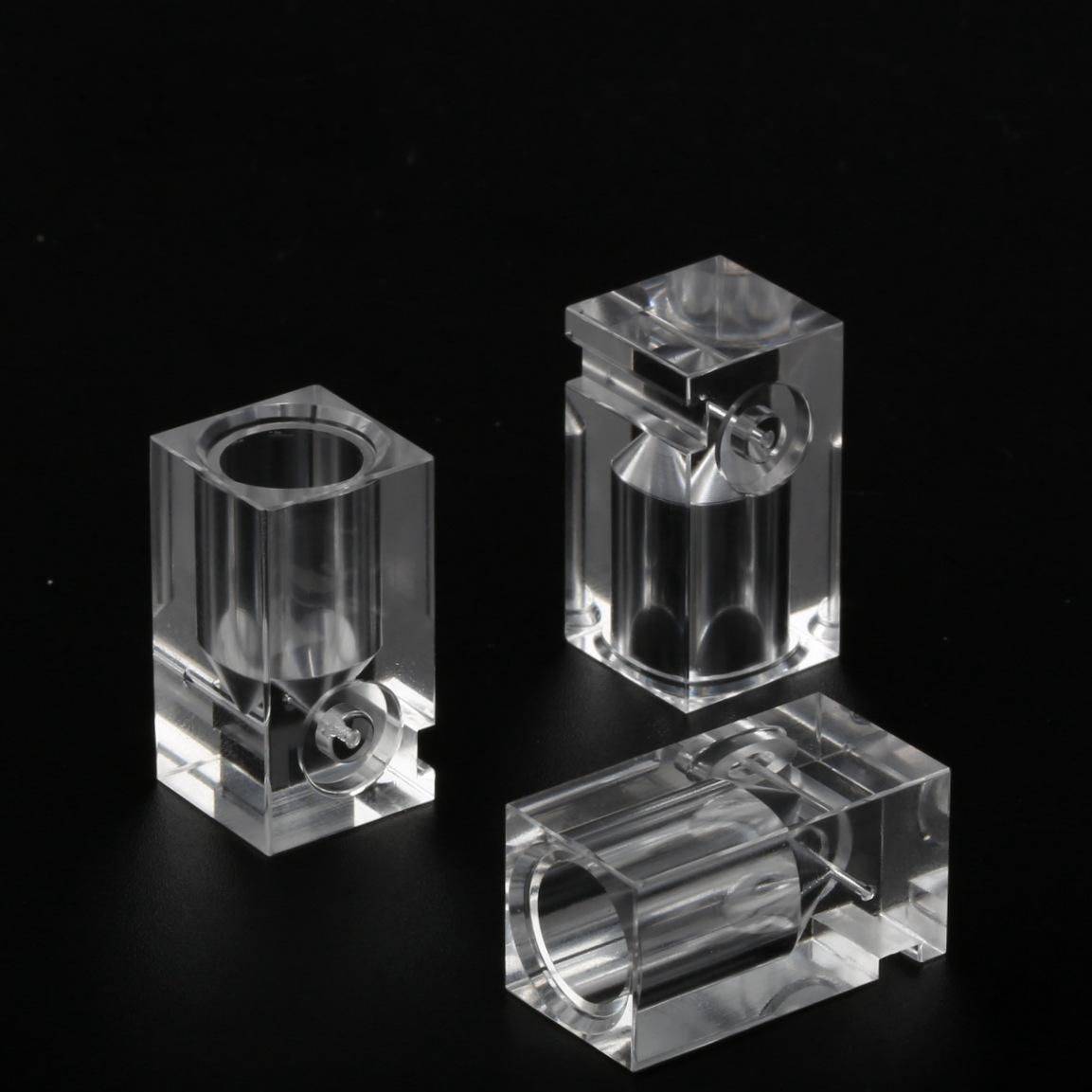
Acrylic CNC service refers to a specialized manufacturing process that uses Computer Numerical Control (CNC) machines to cut, shape, engrave, or mill acrylic (also known as PMMA, or polymethyl methacrylate)…

5 axis machining is an advanced CNC (Computer Numerical Control) manufacturing process that enables a cutting tool to move along five different axes simultaneously. Unlike 3 axis machines, which operate…
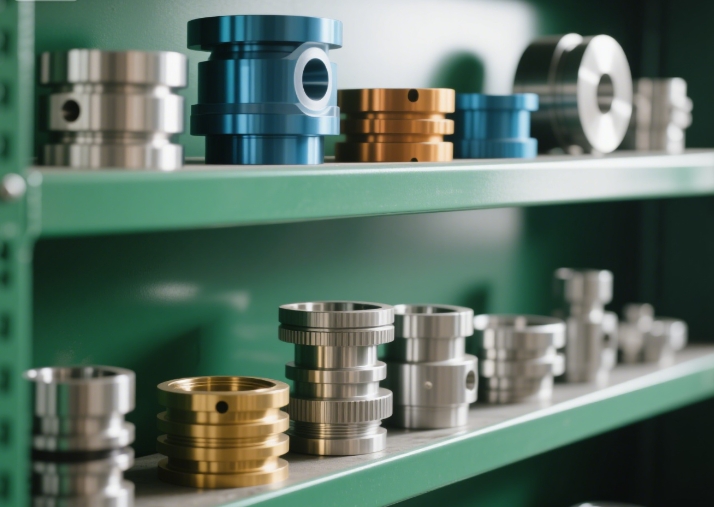
CNC manufacturing, short for Computer Numerical Control manufacturing, is a precision manufacturing process that uses pre-programmed computer software to control the movement of machine tools. Unlike manual machining, which relies…
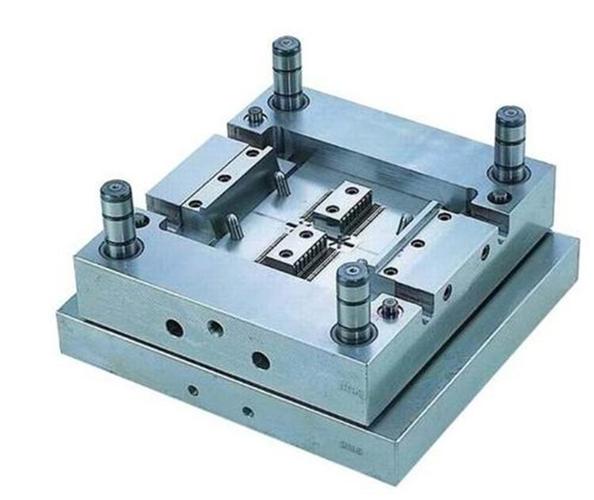
The biggest disadvantage of using CNC (Computer Numerical Control) machining is its high upfront cost and ongoing expenses, which can be prohibitive for small businesses, hobbyists, or low-volume production. This…
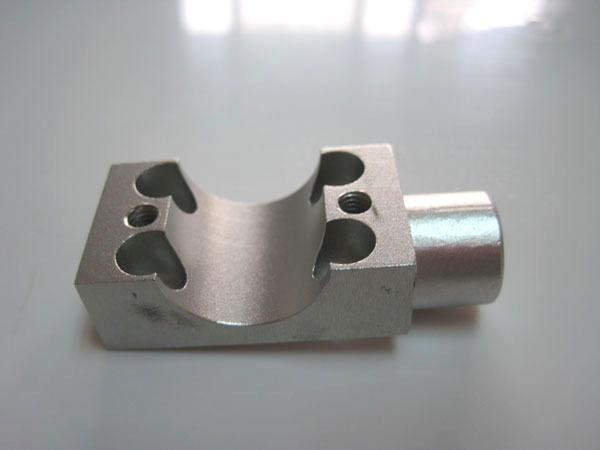
The cost comparison between CNC machining and 3D printing depends on production volume, part complexity, material type, and precision requirements. Neither is universally cheaper—each becomes more cost-effective in specific scenarios….
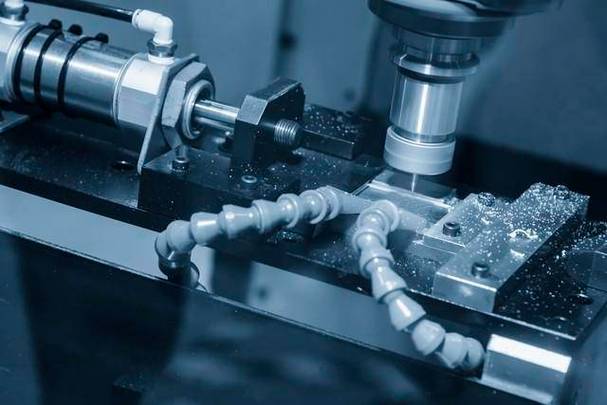
No, CNC (Computer Numerical Control) is not outdated. In fact, it remains a foundational technology in modern manufacturing, continuously evolving to integrate advanced features like automation, AI, and IoT. While…
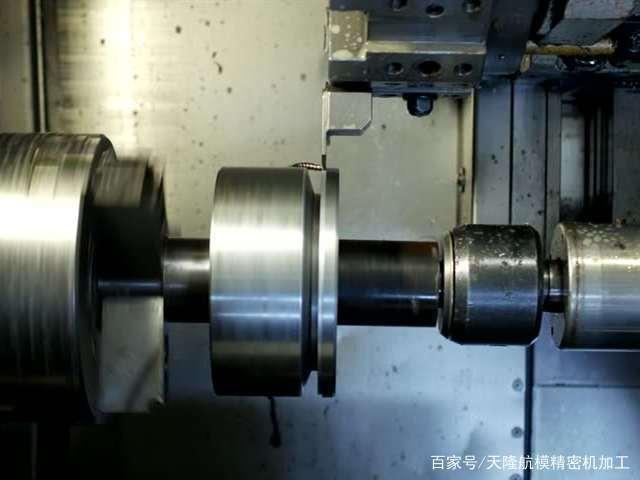
The most common CNC control system in manufacturing is Fanuc CNC. Developed by the Japanese company Fanuc Corporation, it dominates the global market, powering an estimated 60–70% of CNC machines—from…
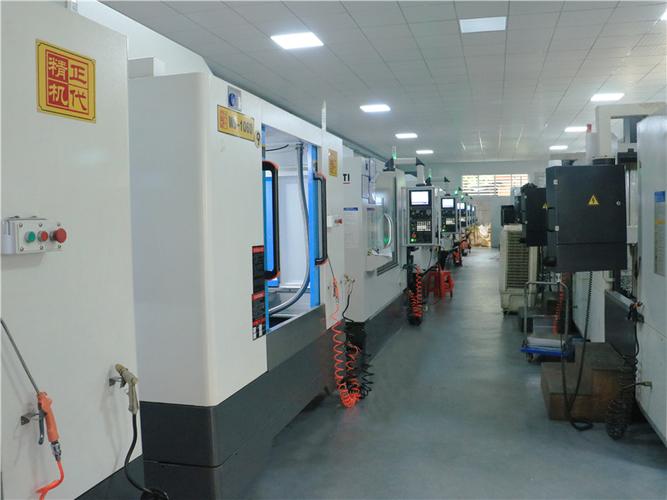
CNC machining standards are a set of guidelines, specifications, and requirements that ensure consistency, quality, safety, and interoperability in the production of machined parts. These standards are defined by international…
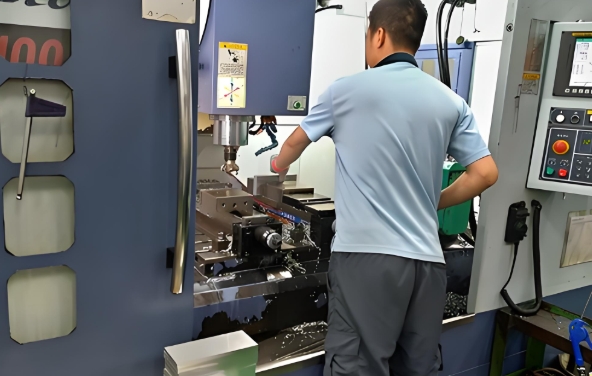
Operating a CNC machine requires strict adherence to safety and best practices to avoid accidents, equipment damage, or defective parts. Here are critical “don’ts” to keep in mind: Don’t skip…